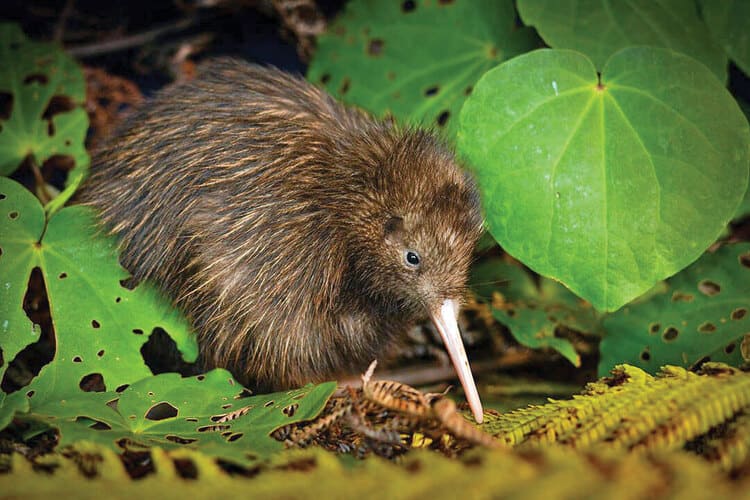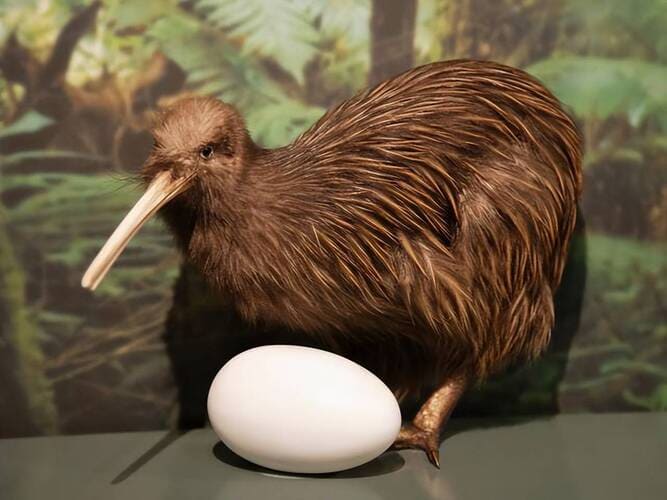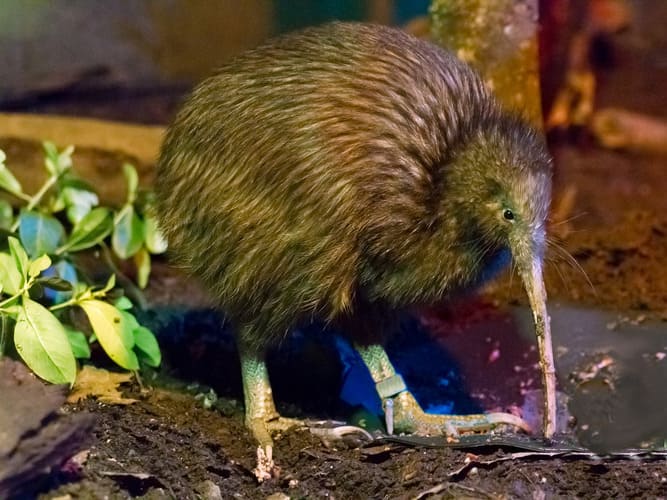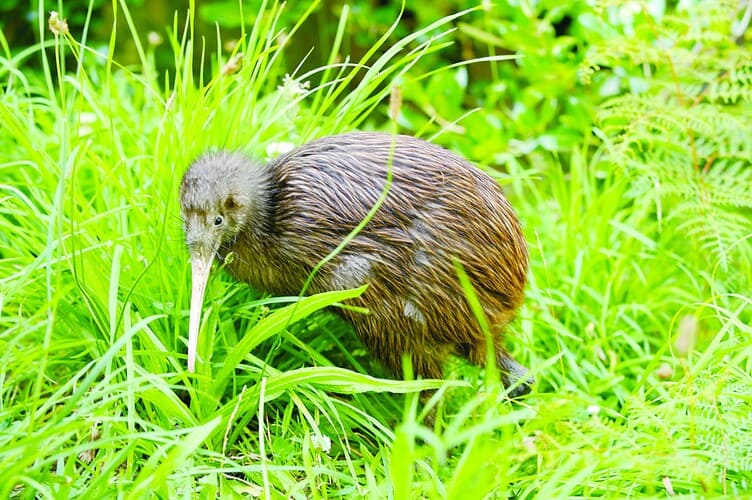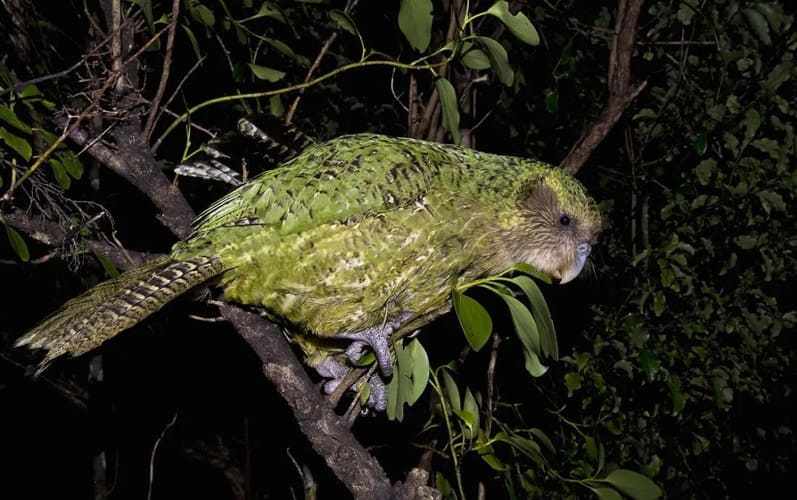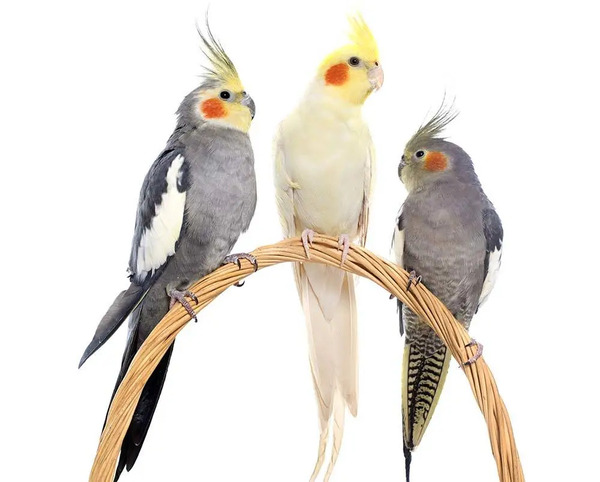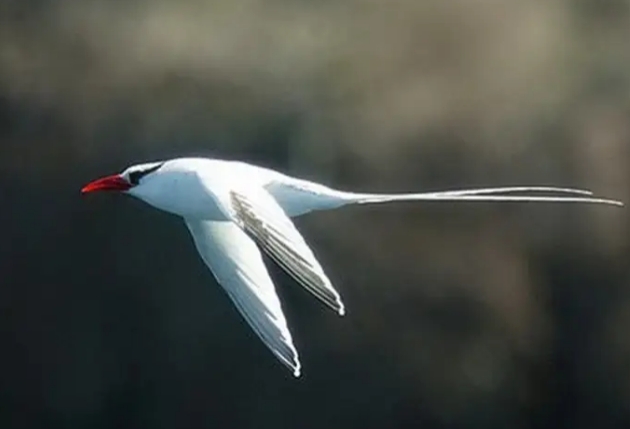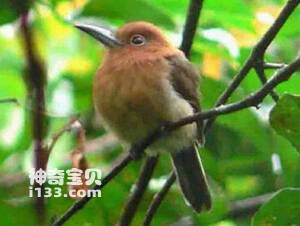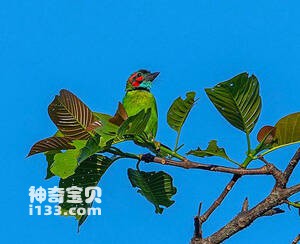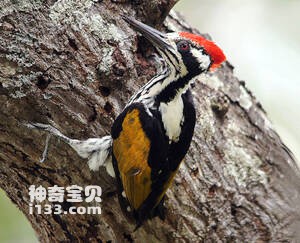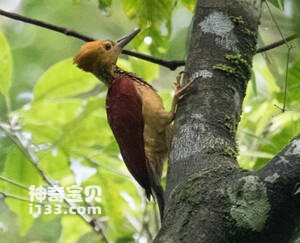Kiwi (Genus Overview)
IUCN
Not evaluatedBasic Information
Scientific classification
- name:Kiwi (Genus Overview)
- Scientific Name:Apteryx (genus)
- Outline:Climbing birds
- Family:Apterygidae Apteryx
Vital signs
- length:35–65 cm
- Weight:1.2–3.5 kg (females larger)
- lifetime:20–30+ years (wild)
Feature
NZ endemic; nocturnal terrestrial; terminal‑nares bill; huge egg; often monogamous.
Distribution and Habitat
Forests and scrub across New Zealand; species differ in range preferences.
Appearance
Hair‑like brown plumage; tiny wings, no tail; long bill with tip‑nostrils; strong legs.
Details
Kiwi (genus Apteryx) are nocturnal, terrestrial birds endemic to New Zealand, famous for their terminal‑nares bill and reduced wings. Five extant species vary in size, range and status, but all are highly sensitive to introduced predators.
Ecology & Behaviour
Feed on earthworms, beetle larvae, other invertebrates and fruits; mostly solitary or in pairs; nests in burrows, logs or cavities. Males often incubate.
Identification
Hair‑like brown mottled plumage; tiny wings, no tail; long bill with nostrils at the tip; strong legs and acute hearing.
Reproduction & Longevity
Very large eggs (15–20% of female mass) and long incubation; precocial chicks; wild lifespan 20–30+ years.
Threats & Conservation
Introduced predators (mustelids, cats, dogs, possums).
Habitat loss/fragmentation and road mortality.
Conservation: predator control, Operation Nest Egg head‑starting, fenced sanctuaries and community dog management. This page is a genus overview; species‑level IUCN categories vary.
FAQ
Q1. Can kiwi fly? No—wings are highly reduced.
Q2. Why nostrils at bill tip? To smell prey while probing leaf litter.
Q3. Status? Genus not evaluated; several species are Vulnerable/Endangered.
Q4. How to help? Support predator control and head‑starting; restore forests; leash dogs in kiwi areas.

